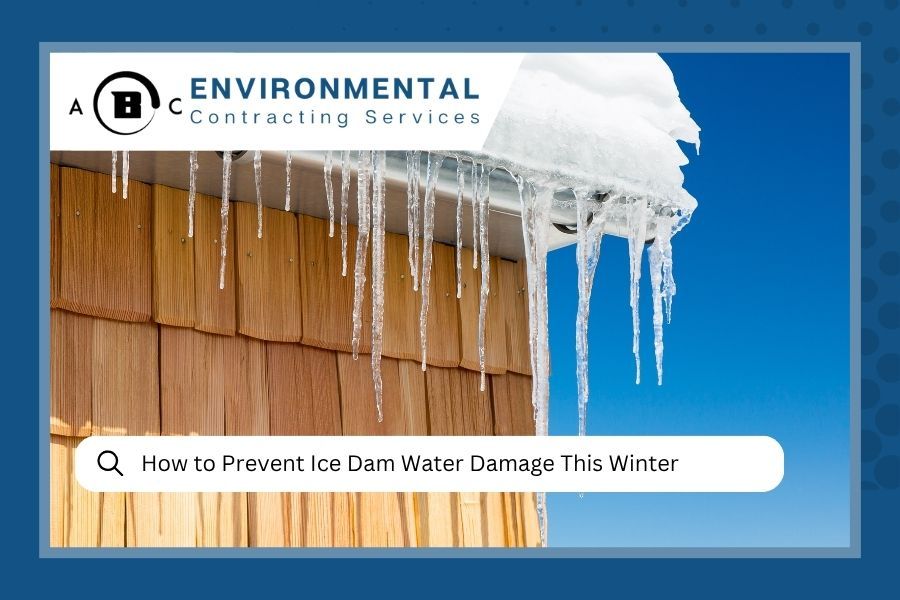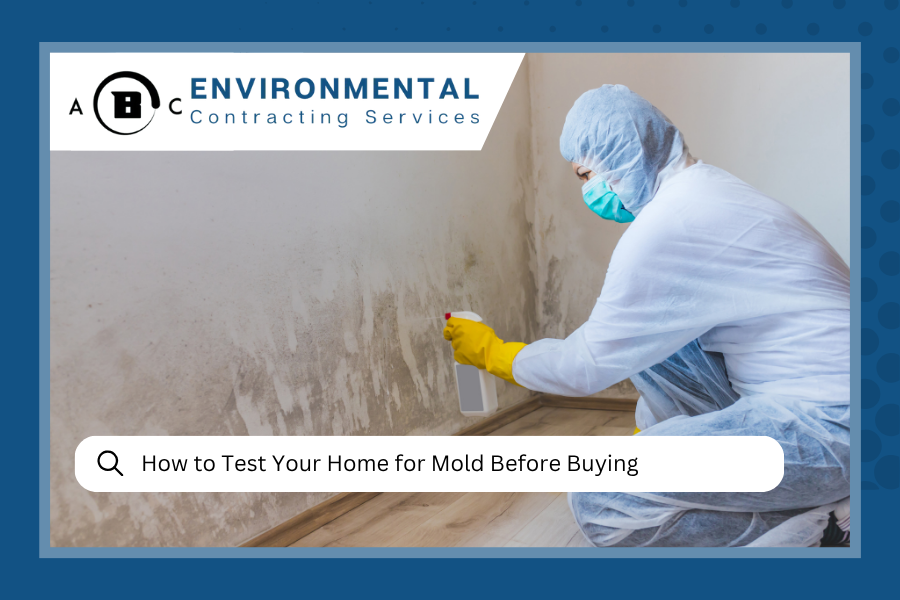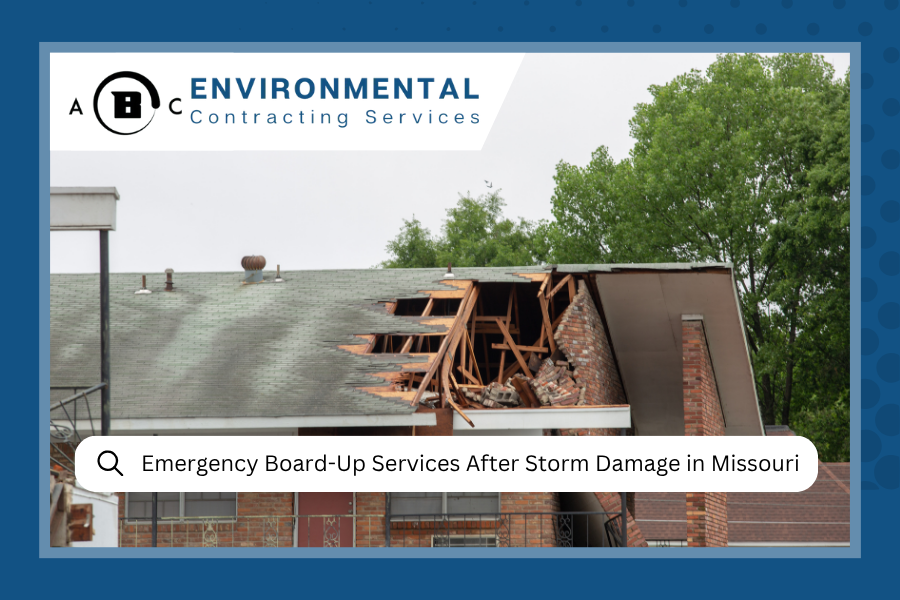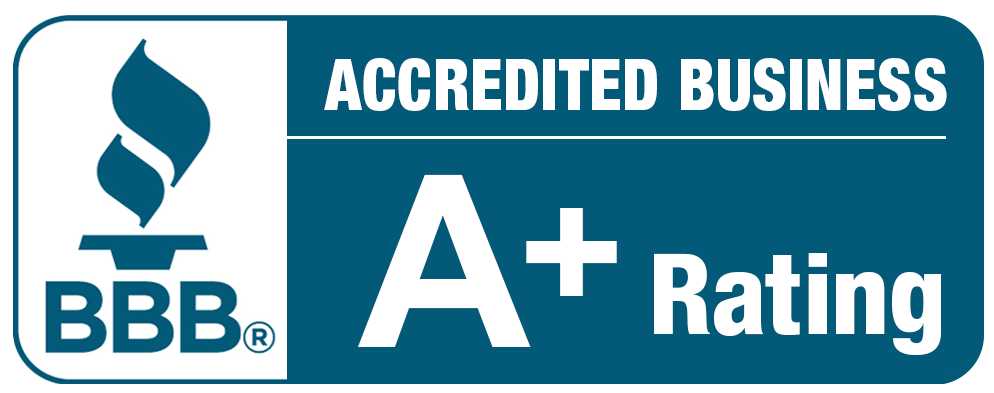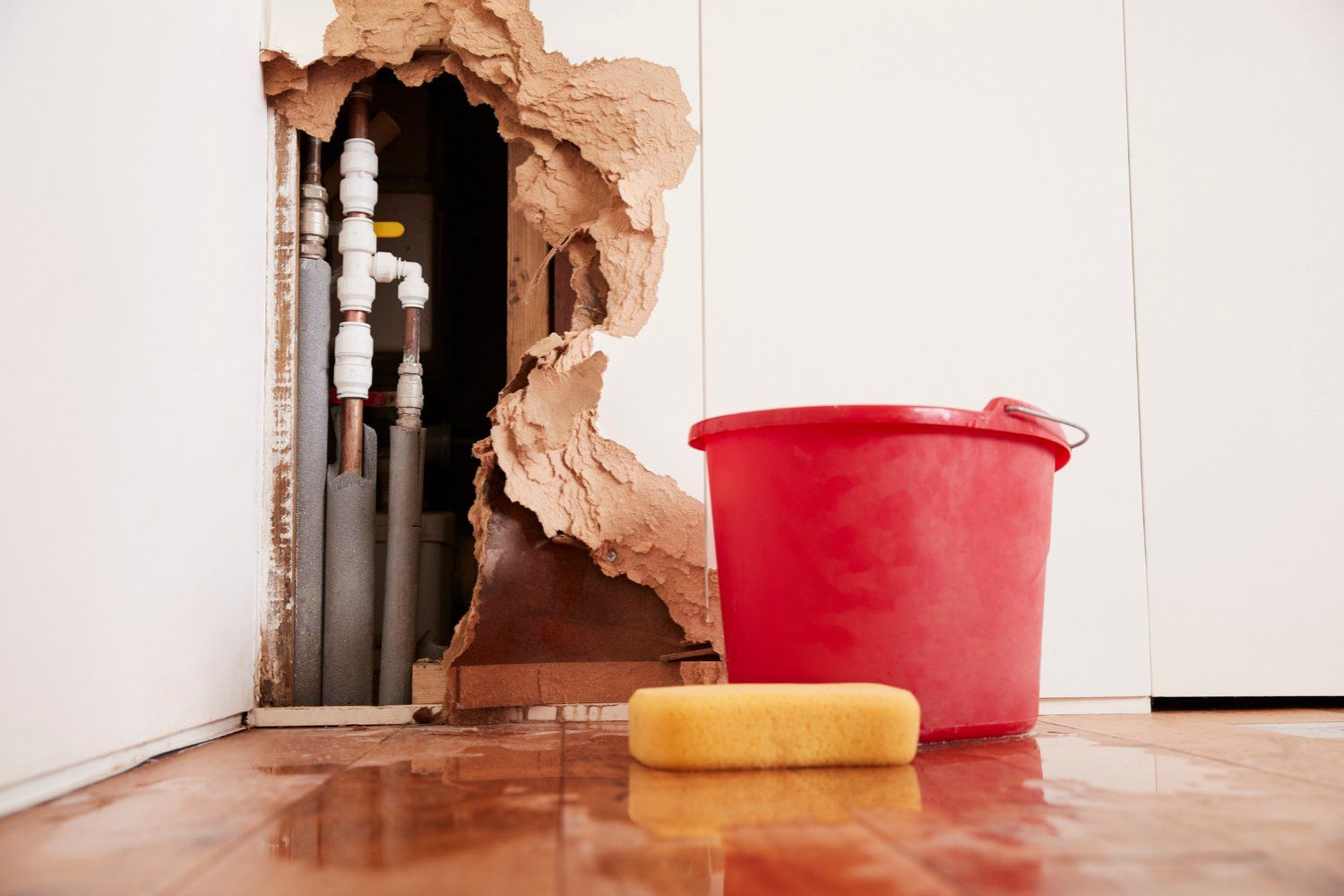
How to Cleanup Drywall Water Damage
If you've ever had a water pipe burst in your home, you know the mess and damage that can be caused. Not only is there water to clean up, but there's also the matter of repairing the damage to your walls and floors. One particular area that can often be overlooked is the drywall. If not handled properly, water damage to your drywall can cause mold and mildew to grow, which can lead to health problems. Calling a water damage restoration company such as ABC Damage Restoration is the best way to deal with water damage and restoring your drywalls.
Process For Cleanup Drywall Water Damage
Flood damage and water damage is extremely tough to deal with, especially when it affects your drywall. Use the following tips when cleaning up drywall water damage.
- Prevent Mold Growth: The first goal in water damage cleanup is to keep black mold from growing. Black mold (Stachybotrys chartarum) is tough and expensive to remove from a property. As upsetting as dealing with flood-damaged houses might be, if treated early enough, you may be able to avoid mold concerns. How do you make certain that the walls and everything behind them are totally dry?
- Dry It Out Within 48 Hours: The ability to properly dry everything within 24 hours is critical to gaining control of flood damage. Mold spores begin multiplying in a suitable environment between 24 to 72 hours. Mold spores may be found in the air all around us. They offer no danger to humans at low concentrations. However, when inhaled in high quantities, they can cause significant health problems. Mold spores require three things to reproduce, contact with water, a surface to breed on, and temperature. Mold is not considered to grow on the gypsum in drywall, but drywall paper provides an excellent surface and food supply for mold to swiftly proliferate to hazardous levels. Mold may grow on cardboard or wood, so make sure everything is totally dry. Water-soaked building components, such as drywall and insulation, should be removed as quickly as feasible. Even after drying, these materials cannot be reused. Fans should be strategically positioned throughout the damaged area to improve air movement and dry up any wooden studs or structural parts of the property. Moisture meters may be used to determine the amount of residual moisture in any material that is being dried. The aim is to fully dry everything, including the wooden studs and subfloor, within 48 hours to avoid the formation of black mold.
- How much drywall water damage to remove: Following the removal of water-soaked furniture and building components from the area. To enable the subfloor to breathe, carpet and padding should be removed or at least pushed back. If the drywall has gotten soft or pliable as a result of being wet, it should be removed. If only a few inches of water enters the home, the higher sections of the drywall may be left on the walls. However, because water wicks upwards, even if the water level rose only 1 or 2 inches on the walls, the damage would most likely extend 2 to 3 feet. Even though the drywall seems to be dry only a few inches above the water level, the insulation in the walls may be saturated much farther up. In most cases, removing at least the lowest 2 to 4 feet of wall space is recommended in order to thoroughly expose the surfaces beneath. This will allow for optimum air movement and complete drying.
How to Remove Drywall Water Damage
It's tempting to just grab a sledge hammer and start swinging. However, a little consideration during demolition makes reinstallation go more easily.
- Step 1: Mark a straight line - Measure up from the floor to a certain height. Make a mark at this height along the damaged walls in several locations. Connect the markings on the wall with a chalk line to form a straight line at the desired height.
- Step 2: Cut along the chalk line with a utility knife - Start scoring through the drywall surface all along this chalk mark using a utility knife, cutting one-half or three-quarters of the way through the thickness of the drywall.
- Step 3: Carefully loosen and remove the drywall water damage - Strike a tiny hole in the drywall below this line with a hammer. Gently move the drywall back and forth, using the hole in the drywall as a grip, to release it from the studs behind.
- Step 4: Remove any wet insulation - Once all drywall water damage has been removed, thoroughly remove any moist insulation. The moisture content of insulation can easily deceive. It may appear to be only slightly moist when, in fact, it should be removed. Remove all of the insulation from the walls if in doubt. It is one of the least expensive items to replace, and it is recommended removing it immediately to prevent the possibility of dampness remaining behind the walls.
- Step 5: Place fans on it for 48-72 hours - Once all of the damaged material has been removed, strategically position fans to enhance air movement behind the walls. Allow the fans to run for at least a few days to allow the studs and flooring to dry fully. It is preferable to leave the fans running for a longer period of time than to turn them off too quickly.
Conclusion
Always remember to use personal protection equipment, such as gloves, safety glasses, hard soled boots, and hard helmets, when performing any sort of demolition work, including that mentioned above. Remember to switch off any electrical circuits in the area where the drywall water damage will be removed. In any event of flood damage, it is a good idea to contact an electrician because water and electricity can pose significant risks.
Drywall water damage is difficult to cope with, whether it is caused by a leaking pipe or a hurricane storm surge. Your house may and will be returned to its previous status if treated immediately and carefully. Flood damage does not have to rule your life if you are diligent and plan ahead of time.
A Water Damage Restoration Company Serving Missouri
Few Missouri restoration companies can compete with ABC Damage Restoration's work and service quality. Give your property the finest servicing possible. Contact ABC Damage Restoration now at (417) 409-1719 for 24 hour water damage restoration, fire damage restoration, or mold removal, or receive a quick quotation from our website. Our Missouri drywall water damage restoration company will arrive at your house or office in 30 to 60 minutes.
Read through these basic steps to take for water restoration.

